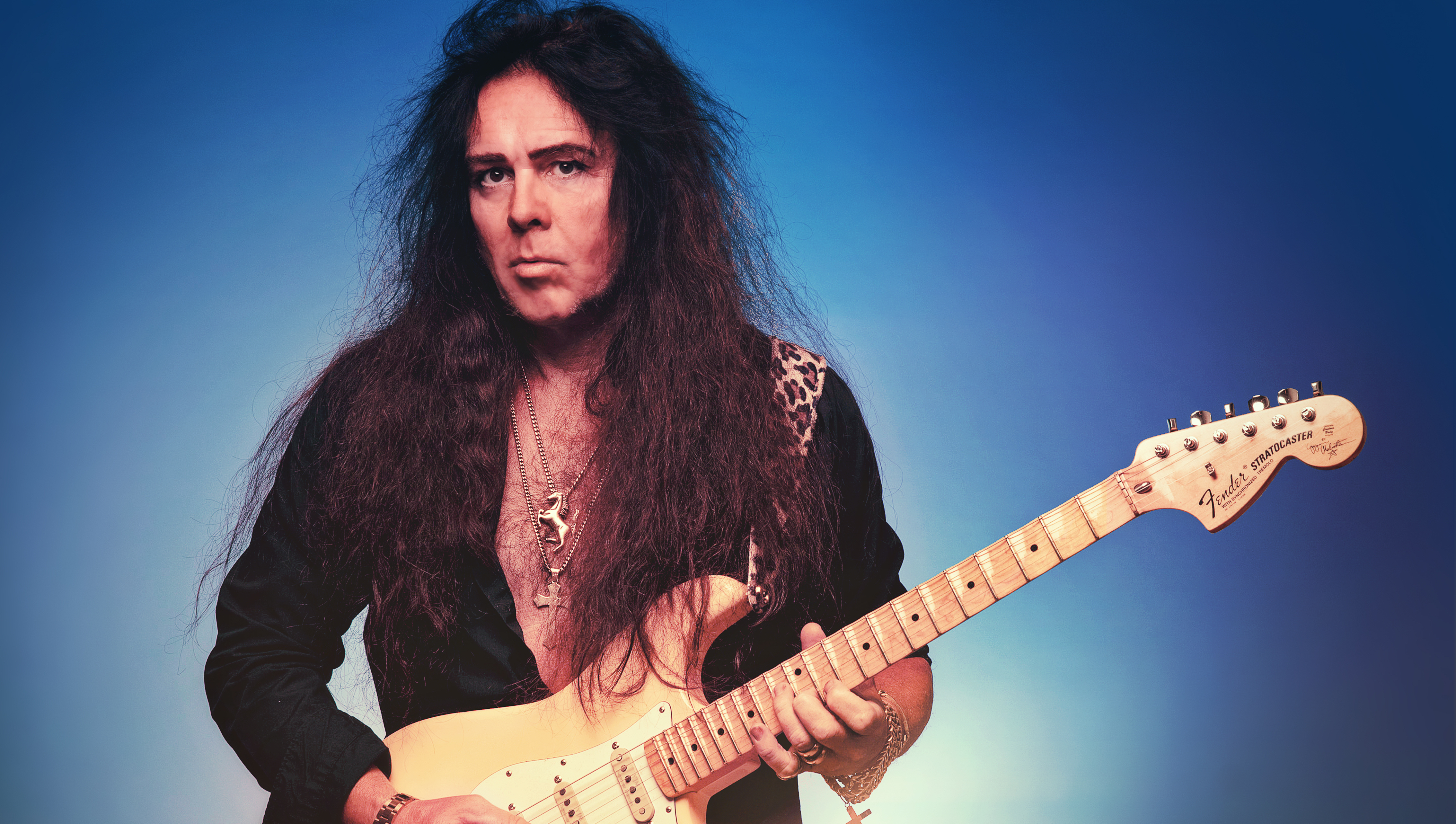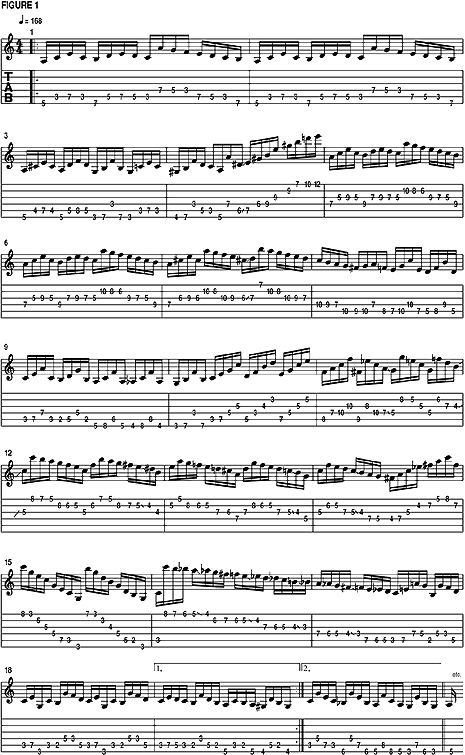Yngwie Malmsteen Pays Tribute to the World's First Shredder, Niccolo Paganini
Learn Paganini's Fifth Caprice in A minor from the one and only Yngwie Malmsteen.

Here's a classic Guitar World lesson for you. Enjoy!
Of all my musical influences, classical violinist Niccolo Paganini has to be on top of the list.
Though he lived in the late 18th century (long before image became as important in the making and marketing of musicians as their actual music), his extreme personal magnetism coupled with truly mind-boggling technique made him the world’s first bona fide rock star.
Paganini was born in 1782 in Genoa, Italy, and by the time he was 20 he was the most famous violinist of his day. He mesmerized audiences and critics alike with his charismatic stage presence, otherworldly chops and flamboyant showmanship.
Apart from his unparalleled technical wizardry on the instrument, Paganini is remembered for his artistic impact on later composers such as Liszt and Chopin, who used his virtuosity as a technical challenge in the search for greater expression in their own works.
Apart from his obvious musical and technical brilliance, Paganini proved to me that a great musician doesn’t have to sacrifice virtuosity for showmanship. As a result, I’ve always strived to make my shows as visually exciting as possible without compromising my musical integrity.
Paganini’s compositions also influenced me deeply—especially his 24 Caprices Op.1. I remember learning the Fifth Caprice in A minor—I’d practice it incessantly until I got it wired. It not only really helped me with my technique (particularly arpeggios), but opened my ears to harmony and melody.
I learned the Fifth Caprice by listening to a recording of it. Because I didn’t have the sheet music, it was a long and painstaking process to pick up the melody by ear, but it was definitely worth it.
I think that any guitarist can benefit from learning Paganini’s Caprices. To that end, I’ve written out the first 20 bars of his Fifth Caprice in A minor in FIGURE 1. I have to warn you—this piece is not for the timid—you have to be very patient and put a lot of time in, but the results are well worth the effort.
Keep in mind that guitar music sounds an octave lower than written (so you’ll be playing this piece an octave lower than where a violin would be playing it). The only reason I’m pointing this out is so that you don’t think you’re playing it wrong if you happen to hear a recording of it played on the violin.
Also realize that the tab is totally subjective—there is no one “correct” fingering. I’ve written out just one possible fingering option. It’s how I might approach playing the piece (though often I’ll try different fingerings in some sections). You should use my suggested fingerings as a template to work out the fingerings that are most comfortable for you.
Pay special attention to all the arpeggios, and work out your right-hand picking accordingly.
For example, I’d use sweep picking (If you still have it, see my column in the July 1999 issue of Guitar World) to play the ascending E7 arpeggio in measure 4 and the descending C and G arpeggios in measure 15, and alternate picking (down-up-down-up) to play the two-note-per-string arpeggios in measures 3, 8 and 9.
I’d use a combination alternate/sweep picking approach to play the F#dim7 arpeggio in measure 14.

When playing the descending chromatic scale in measure 16, make sure to execute all the picked slides with your index finger. I hope you benefit as much from learning this Caprice as I did.
Get The Pick Newsletter
All the latest guitar news, interviews, lessons, reviews, deals and more, direct to your inbox!









![Joe Bonamassa [left] wears a deep blue suit and polka-dotted shirt and plays his green refin Strat; the late Irish blues legend Rory Gallagher [right] screams and inflicts some punishment on his heavily worn number one Stratocaster.](https://cdn.mos.cms.futurecdn.net/cw28h7UBcTVfTLs7p7eiLe.jpg)
